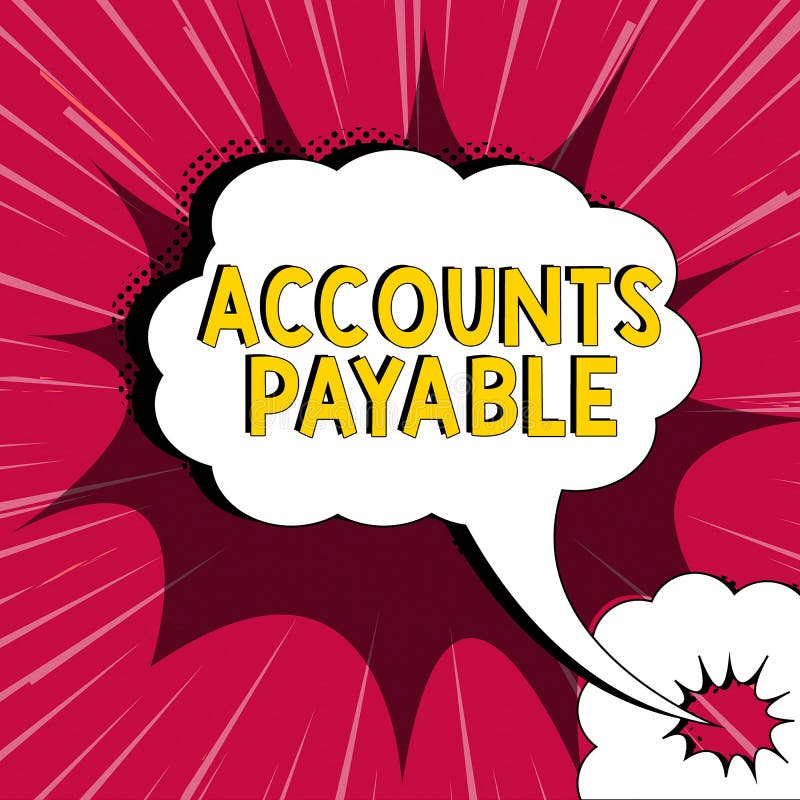
You can also calculate the accounts payable turnover ratio in days, this ratio showcases the average number of days after which you make payments to your suppliers. Based on the increase or decrease tracked on the cash flow statement (CFS), the change in accounts payable is the net impact that impacts the carrying value of the current liability on the balance sheet. Given the accounts payable balance as of the beginning of the accounting period, the two adjustments that impact the end of period balance is credit purchases and supplier payments. Some people mistakenly believe that accounts payable refer to the routine expenses of a company’s core operations, however, that is an incorrect interpretation of the term. Expenses are found on the firm’s income statement, while payables are booked as a liability on the balance sheet.

When Should You Accrue an Expense?
The accounts payable department should use accrual accounting to post transactions and for financial reporting. If your business is smaller, a bookkeeping employee may handle accounts payable. Financial statements also include current assets, which include cash and balances that will be paid within 12 months. If a company’s internal accounts payable process and collection policies are efficient, the outcome is an increase in free cash flow (FCF) and reduction in liquidity risk. Upon receipt of the cash payment, the recorded accounts payable balance will reduce accordingly (and the balance sheet equation must remain true). The outstanding payment owed to suppliers and vendors by a business will remain constant until the payment obligation is fulfilled (i.e. the payment is paid for in-full via cash).
AP & FINANCE
It’s designed for professional accountants who serve multiple clients, allowing flexibility to handle all types of industry and entity types. Software that automates the accounts payable process makes it easy for businesses to submit invoices and process payments through a single platform—all of which saves time and money. At the end of each reporting period, accountants verify that the total of all accounts payable outstanding matches the payables account balance stated in the general ledger. This ensures that the total of accounts payable reported on the balance sheet is accurate.
Is accounts payable an asset?
Because accounts payable entries are not immediately paid, they are listed as a current liability on a business’ general ledger and balance sheet. Enter Accounting CS, a professional accounting software for accountants that combines write-up, trial balance, payroll, financial statement analysis, and more. 3-way matching is an accounts payable process that matches up the purchase order, goods or services received, and invoice details to validate the purchase prior to issuing a payment to a vendor or supplier.
However, it can also operate as a debit once the money is paid to the vendor. When your business receives goods or services on credit, the cost of these items is recorded as an expense. Although the payment may not be immediate, the expense is recognized in your financial records at the time of purchase. Timely and accurate payments help maintain strong relationships with your suppliers.
When invoices are processed effectively and bills are paid on time, businesses can save significant time and money. Both of these accounts payable processes check for discrepancies prior to approving and paying invoices. Striking variations on an income signal that a company’s finance how to develop a process map for operations management team may need to make changes or adjustments, including switching suppliers, revising prices, or slashing the budget. Because accounting books must be balanced on both sides of the ledger, the accounting entry is also recorded as a corresponding debit to another account.
Managing accounts payable efficiently ensures you maintain good relationships with your vendors and avoid late fees. Stated in simple terms, accounts payable represents a current liability that measures the unmet payment obligations still owed to suppliers and vendors by a particular company. Accounts Payable is a current liability recognized on the balance sheet to measure the unpaid bills owed to suppliers and vendors for products or services received but paid for on credit, rather than cash. Accounts payable (AP) refers to the obligations incurred by a company during its operations that remain due and must be paid in the short term. Typical payables items include supplier invoices, legal fees, contractor payments, and so on.
- When it comes to accounts payable, adhering to GAAP ensures accuracy, consistency, and transparency in your financial records.
- Understanding and managing accounts payable is key to the financial health of your business.
- Accounts payable is considered a current liability, not an asset, on the balance sheet.
- To boost accuracy and efficiency, many forward-looking businesses are implementing solutions that automate accounts payable.
- To carry out this practice, you’ll need to ensure that you have a proper accounts payable team, this team reviews supplier data for its completeness, accuracy, and compliance with standard terms.
Properly managing accounts payable is also important in maintaining good business relationships with vendors and suppliers. Accounts payable and its management is important for the efficient functioning of your business. As a result, the suppliers would provide goods or services without any interruption. Also, an efficient accounts payable management process prevents fraud, overdue charges, and better cash flow management.
After recording above journal entry, the buyer sends a debit note (also known as debit memo) to the seller to inform him that his account has been debited for the value of goods returned. Upon receiving the debit note, the seller issues a credit note (also known as credit memo) to the buyer, informing him that his account has been credited. Companies mostly find it convenient to record an accounts payable liability when they actually receive the goods. However, in certain situations, the title to goods passes to the buyer before the physical delivery is taken by him. In such situations, the liability should be recorded at the time of passage of title.
